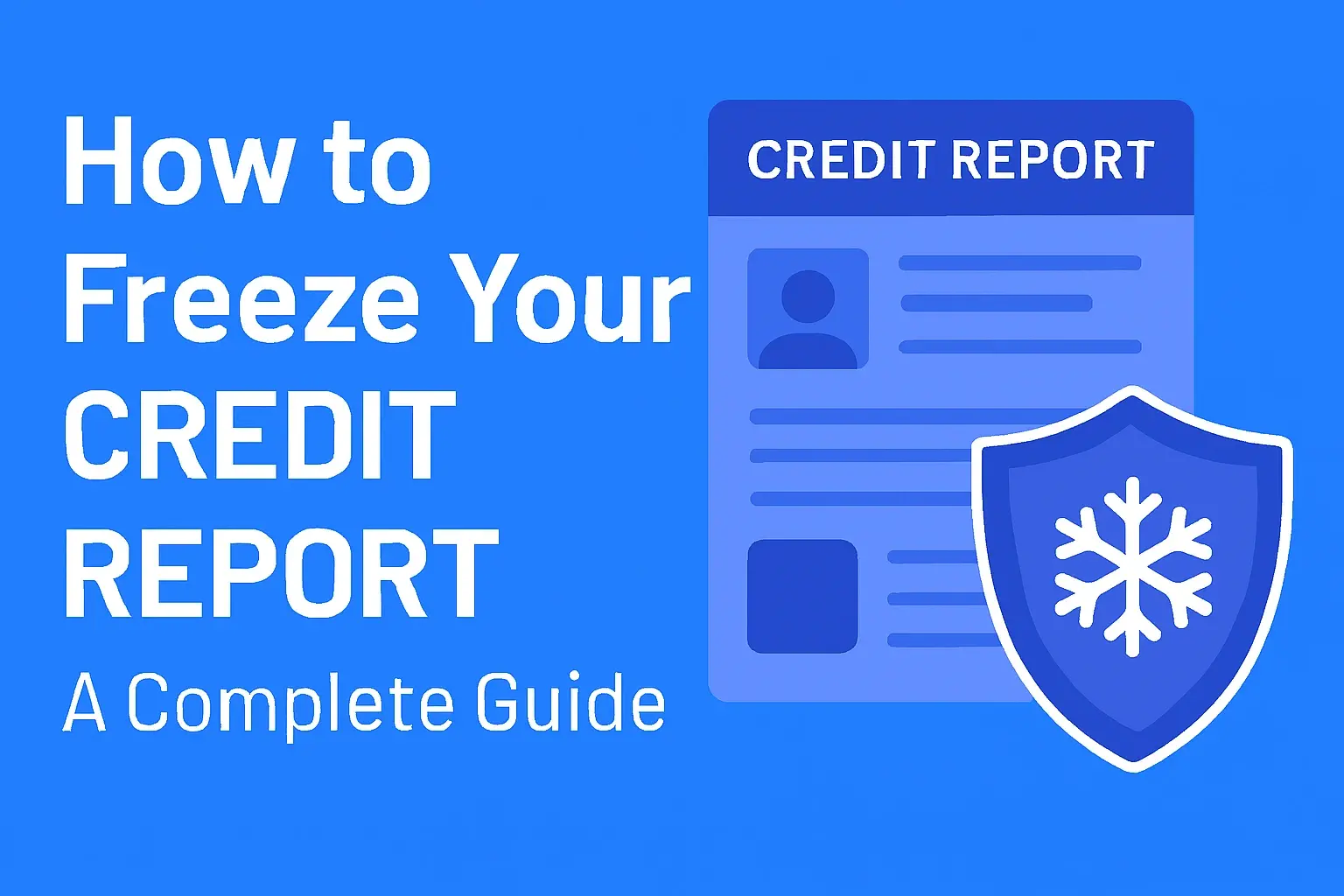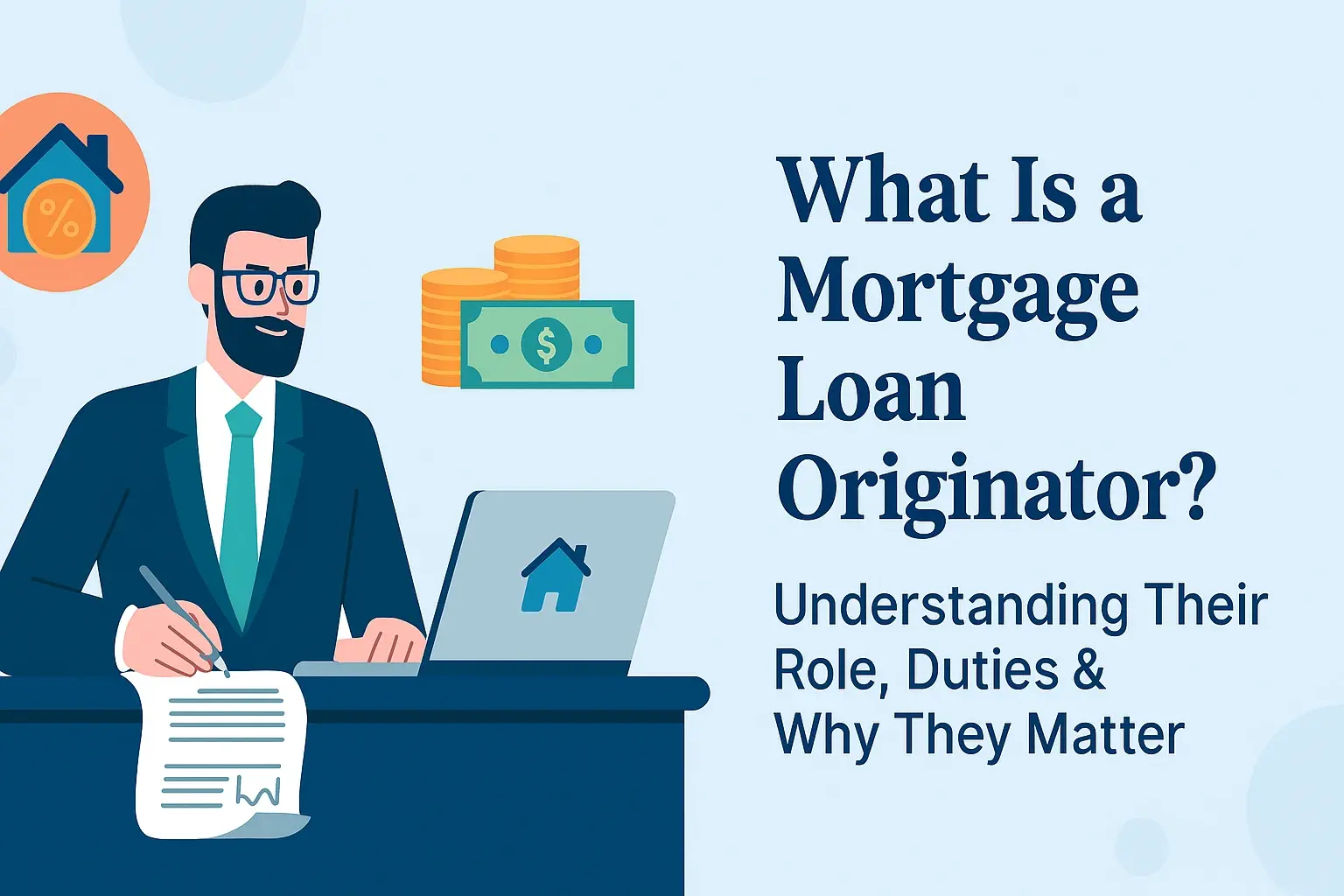-
Posted on: 25 Jul 2024

-
Understanding the downsides of debt relief is crucial before embarking on such a path. While it promises financial freedom, potential drawbacks exist, including credit score damage, fees, and the possibility of scams. This guide explores these often-overlooked aspects to help you make an informed decision.
Understanding Debt Relief
Debt relief encompasses a range of strategies and services designed to help individuals and families manage and reduce their outstanding debts. The primary goal is to alleviate the financial burden of overwhelming debt, offering a path towards financial stability and a debt-free future. These solutions can range from simple budgeting and negotiation with creditors to more formal programs like debt management plans, debt consolidation, and, in more severe cases, bankruptcy. The allure of debt relief lies in its promise to reduce monthly payments, lower interest rates, and ultimately decrease the total amount owed. However, like any financial strategy, it's essential to approach debt relief with a clear understanding of its potential benefits and, critically, its drawbacks. Ignoring the downsides can lead to unforeseen financial complications and a less than ideal outcome.
The Common Downsides of Debt Relief Programs
While the promise of escaping debt is attractive, debt relief programs are not without their challenges. Understanding these potential pitfalls is the first step in navigating the debt relief landscape effectively. Many individuals are drawn to debt relief services hoping for a quick fix, but the reality often involves a more complex and sometimes costly process. The effectiveness and impact of any debt relief strategy depend heavily on the specific program chosen, the individual's financial situation, and their commitment to the plan. It's vital to research thoroughly and consider all angles before committing to any debt relief solution.
Unforeseen Fees and Costs
One of the most significant downsides to debt relief, particularly when using a third-party company, is the imposition of various fees. These can include enrollment fees, monthly service fees, and sometimes even percentage-based fees on the amount of debt settled. For example, a debt settlement company might charge a fee equivalent to 20-30% of the debt they help you settle. This can significantly increase the total cost of resolving your debt, potentially negating some of the savings you hoped to achieve. In 2025, these fees remain a common concern, with regulatory bodies like the Federal Trade Commission (FTC) warning consumers to be wary of companies that charge upfront fees before any services are rendered or results achieved. Always ask for a clear breakdown of all potential costs before signing any agreement.
Potential for Scams and Misleading Practices
The debt relief industry, unfortunately, attracts a number of unscrupulous operators. Consumers seeking help can fall victim to scams that promise unrealistic results or charge exorbitant fees for little to no service. Common red flags include companies guaranteeing debt elimination, demanding large upfront payments, or pressuring you to sign contracts without fully explaining the terms. According to recent consumer protection reports in 2025, fraudulent debt relief schemes continue to target vulnerable individuals. It's crucial to work with reputable, accredited organizations and to be skeptical of any offer that sounds too good to be true. Always check for accreditation with organizations like the Better Business Bureau (BBB) or the National Foundation for Credit Counseling (NFCC).
Limited Scope of Debt Covered
Not all types of debt are eligible for inclusion in every debt relief program. Typically, unsecured debts like credit card debt, medical bills, and personal loans are the primary focus. However, secured debts, such as mortgages and auto loans, are usually excluded. This means that if you are struggling with multiple types of debt, a debt relief program might only address a portion of your financial obligations, leaving you to manage other debts separately. For instance, a debt management plan might not be suitable if your primary issue is a mortgage default, as it won't directly negotiate with your mortgage lender. This can create a fragmented approach to debt resolution.
Requirement for Lump Sum Payments (in some cases)
Certain debt relief strategies, particularly debt settlement, often require you to save a lump sum of money in an escrow account before the company can negotiate with your creditors. This can be challenging for individuals already struggling to make ends meet. You are typically advised to stop paying your creditors and instead deposit funds into this account. This period of non-payment can have severe consequences for your credit score and may lead to increased collection activity. The waiting period can also be lengthy, sometimes taking months or even years to accumulate enough funds for a settlement.
Loss of Control Over Negotiations
When you engage a debt relief company, you often cede control over the negotiation process with your creditors. While this can be beneficial if you're uncomfortable with direct negotiation, it also means you have less say in the terms of any settlement. The company will negotiate on your behalf, and you will be bound by the agreements they reach. This can be a downside if you have specific preferences or if you believe you could have negotiated a better deal yourself, especially if you have a strong relationship with a particular creditor.
Impact on Your Credit Score
The impact of debt relief on your credit score is a critical consideration. While the long-term goal is to improve your financial health, the short-to-medium term effects can be detrimental. Understanding these nuances is key to managing expectations and mitigating damage.
Negative Marks on Your Credit Report
Many debt relief programs, especially debt settlement, involve ceasing payments to your creditors. This action is reported to credit bureaus as delinquency, which can significantly lower your credit score. Even if a settlement is eventually reached, the record of missed payments and the settled debt itself will remain on your credit report for up to seven years. This makes it harder to obtain new credit, such as loans or mortgages, at favorable rates for a considerable period. For example, a settlement of a credit card debt might appear as "settled for less than full amount," a mark that lenders view negatively.
Reduced Credit History Length
Some debt relief strategies, like debt consolidation through a new loan, may involve closing old accounts and opening a new one. Closing older, well-managed credit accounts can shorten the average age of your credit history, a factor that influences your credit score. A shorter credit history can sometimes lead to a lower score, even if your payment history remains positive on the new account. The length of your credit history is a significant component of your credit score calculation.
Inquiries from Debt Relief Companies
When you apply for debt relief services, particularly credit counseling or debt management plans, the providers may perform "soft inquiries" on your credit report, which do not affect your score. However, if you are exploring debt consolidation loans, these often involve "hard inquiries," which can temporarily lower your score. Multiple hard inquiries within a short period can signal to lenders that you are in financial distress and actively seeking a lot of credit, potentially leading to a decreased score.
The Paradox: Improving Finances vs. Lowering Score
There's a paradox at play: while debt relief aims to improve your overall financial health and reduce your debt burden, it often leads to a temporary, and sometimes prolonged, dip in your credit score. This can be frustrating for consumers who are making genuine efforts to improve their financial standing. The key is to understand that a lower credit score in the short term is often a necessary consequence of resolving larger debt issues. The goal is to rebuild your credit score over time by managing your finances responsibly after the debt relief process is complete. By 2025, credit scoring models are becoming more sophisticated, but the impact of negative payment history and settled accounts still carries significant weight.
Credit Score Impact Comparison
Here's a simplified comparison of how different debt relief approaches can impact your credit score:
Debt Relief Method Typical Short-Term Impact Typical Long-Term Impact Notes Debt Settlement Significant Decrease (due to missed payments, settled accounts) Moderate Decrease (settled accounts remain for 7 years) Creditors report missed payments and settlement. Debt Management Plan (DMP) Minimal to Moderate Decrease (if new accounts opened, or if old ones closed) Potential Increase (with consistent on-time payments) Often involves closing credit card accounts. Debt Consolidation Loan Temporary Decrease (due to hard inquiries, closing old accounts) Potential Increase (if managed well, fewer accounts, consistent payments) Depends on the terms of the new loan and management of old accounts. Bankruptcy Severe Decrease Significant Decrease (remains for 7-10 years) Major impact on creditworthiness. Financial Implications Beyond the Obvious
Beyond the direct impact on your credit score and the fees charged, debt relief can have broader financial implications that consumers often overlook. These can affect your financial flexibility, future borrowing capacity, and even your tax situation.
Potential Tax Consequences
When a creditor agrees to settle a debt for less than the full amount owed, the forgiven portion of the debt may be considered taxable income by the IRS. For example, if you owe $10,000 on a credit card and settle it for $5,000, the $5,000 that was forgiven could be subject to income tax. This is known as cancellation of debt (COD) income. While there are some exceptions, such as for debts discharged in bankruptcy or if you are insolvent, you could face an unexpected tax bill. In 2025, it's crucial to consult with a tax professional to understand the potential tax implications of any debt settlement agreement. You might receive a Form 1099-C from your creditor reporting the forgiven debt.
Limited Access to Future Credit
As mentioned, a negative credit history resulting from debt relief can make it difficult to access credit in the future. This applies not only to loans and credit cards but also to other financial products. For instance, landlords may be hesitant to rent to you, and some employers might review credit reports as part of their background checks. Even when credit is available after a period of negative marks, the interest rates offered will likely be higher, making borrowing more expensive. This can hinder your ability to make major purchases like a car or a home for several years.
Risk of Re-accumulation of Debt
A significant downside to some debt relief programs is that they don't always address the underlying causes of the debt. If the spending habits or financial management issues that led to the debt in the first place are not resolved, there's a high risk of falling back into debt. For example, a debt consolidation loan might provide temporary relief by simplifying payments, but if you continue to overspend, you'll end up with the new loan plus new debts. Financial education and behavioral change are critical components for long-term success, and not all debt relief programs adequately emphasize these aspects.
Impact on Emergency Funds
Some debt relief strategies, particularly debt settlement, require you to stop paying creditors and save money in an escrow account. This can deplete your emergency savings, leaving you vulnerable to unexpected expenses. If a medical emergency or job loss occurs during this period, you might be forced to take on more debt or face severe financial hardship. Building and maintaining an emergency fund is crucial, and any debt relief plan should ideally incorporate this essential financial safety net.
Potential for Increased Collection Activity
During the period when you are saving for a debt settlement or waiting for a debt management plan to take effect, your creditors may continue their collection efforts. This can include frequent phone calls, letters, and even legal actions like wage garnishment or lawsuits. While a debt relief company is supposed to handle these communications, there can be a stressful period of increased collection activity before they officially intervene. This can be emotionally draining and add to your financial anxiety.
Types of Debt Relief and Their Specific Downsides
Different debt relief methods come with their own unique set of drawbacks. Understanding these specific challenges can help you choose the most appropriate strategy for your situation.
Debt Settlement
Downsides:
- Significant Credit Damage: Missed payments and settled accounts severely harm your credit score.
- High Fees: Companies often charge substantial fees, sometimes 20-30% of the debt settled.
- Lump Sum Savings Required: You need to save a considerable amount before settlements can be made.
- Tax Implications: Forgiven debt is often considered taxable income.
- No Guarantee of Success: Creditors are not obligated to settle, and the process can fail.
- Increased Collection Calls: While saving, you may face aggressive collection efforts.
Example: Sarah owes $15,000 in credit card debt. She enrolls in a debt settlement program that charges a 25% fee. She stops paying her creditors and saves $7,500 in an escrow account over 18 months. The company settles her debts for $6,000. Sarah's total cost is $7,500 (savings) + $1,500 (fee) = $9,000. She also has $9,000 reported as settled for less than full amount on her credit report, and the $9,000 forgiven debt could be taxable income.
Debt Management Plans (DMPs)
Downsides:
- Requires Enrollment in a Non-Profit Credit Counseling Agency: Not all agencies are reputable.
- Closing Credit Card Accounts: Many DMPs require you to close your credit cards, limiting future access to credit.
- Monthly Fee: There's typically a monthly fee for the service.
- Not All Debts Included: Primarily for unsecured debts; secured debts are usually excluded.
- Long-Term Commitment: Plans can last 3-5 years.
Example: John has $12,000 in credit card debt. He enrolls in a DMP through a non-profit agency. His monthly payment is reduced, and interest rates are lowered. He pays a $30 monthly fee. The plan requires him to close his three credit cards. He makes consistent payments for four years, improving his credit score over time, but he has no available credit during this period.
Debt Consolidation Loans
Downsides:
- Requires Good Credit: To get favorable terms, you usually need a decent credit score.
- Potential for Higher Interest: If your credit is poor, the interest rate on the consolidation loan could be higher than your current rates.
- Doesn't Address Spending Habits: You might rack up new debt on the old accounts if spending habits aren't corrected.
- Fees Associated with Loans: Origination fees or closing costs may apply.
- Impact of Hard Inquiries: Applying for the loan can temporarily lower your credit score.
Example: Maria has $20,000 spread across several high-interest credit cards. She qualifies for a $20,000 personal loan at 12% APR to consolidate. Her previous average APR was 22%. This lowers her monthly payment and interest paid. However, if she continues to use her old credit cards, she could end up with more debt than before.
Bankruptcy
Downsides:
- Severe Credit Damage: A bankruptcy filing remains on your credit report for 7-10 years and drastically lowers your score.
- Public Record: Bankruptcy is a public record, which can have social implications.
- Loss of Assets: Depending on the type of bankruptcy (Chapter 7), you may have to surrender non-exempt assets.
- Strict Rules and Regulations: The process is complex and requires adherence to legal procedures.
- Costly: Filing fees and attorney fees can be substantial.
- Limited Future Borrowing: Access to credit will be severely restricted for years.
Example: David, facing overwhelming medical debt and job loss, files for Chapter 7 bankruptcy. His credit cards and some other unsecured debts are discharged. However, he loses his second vehicle and has to sell some investments. His credit score plummets, making it impossible to get a mortgage for at least seven years.
Comparison of Debt Relief Downsides
Here's a table summarizing key downsides across different debt relief methods:
Downside Debt Settlement Debt Management Plan Debt Consolidation Loan Bankruptcy Credit Score Impact Very High (Negative) Moderate (Can improve over time) Temporary Dip, then Potential Improvement Very High (Negative) Fees High (Percentage of debt settled) Moderate (Monthly service fee) Loan origination fees High (Filing fees, attorney fees) Tax Implications Likely (on forgiven debt) Unlikely Unlikely Unlikely (for discharged debts) Loss of Control High Low Low High (Legal process) Asset Risk Low Low Low High (Chapter 7) Time to Resolution 1-5 years 3-5 years Varies (Loan term) Months to years (process) Choosing the Right Path: Mitigation and Alternatives
Given the potential downsides, making an informed choice is paramount. It's not just about picking a debt relief method, but also about understanding how to mitigate the negative impacts and exploring alternatives.
Mitigating the Downsides
Due Diligence on Providers: Thoroughly research any debt relief company. Check their accreditation, read reviews, and understand their fee structure. Avoid companies that make unrealistic promises or charge high upfront fees. For 2025, look for certified credit counselors or reputable debt settlement firms with a proven track record.
Understand All Costs: Before signing any agreement, ensure you have a clear, written breakdown of all fees, service charges, and potential hidden costs. Ask questions until you are completely satisfied.
Focus on Behavior Change: No debt relief program will succeed long-term if the underlying spending habits are not addressed. Commit to budgeting, tracking expenses, and making conscious financial decisions.
Build an Emergency Fund: Even while undergoing debt relief, try to allocate a small portion of your income to an emergency fund. This can prevent you from accumulating new debt when unexpected expenses arise.
Consult Professionals: Speak with a non-profit credit counselor, a financial advisor, and a tax professional to understand the full implications of any chosen path.
Alternatives to Formal Debt Relief Programs
Before opting for a formal debt relief program, consider these alternatives:
- Negotiate Directly with Creditors: Many creditors are willing to work with individuals facing financial hardship. You can try to negotiate lower interest rates, extended payment terms, or even a reduced principal amount. This approach avoids fees and maintains your credit score better than settlement.
- Budgeting and Frugality: A strict budget and disciplined spending can help you pay down debt more slowly but without the negative consequences of formal programs. Prioritize high-interest debts using methods like the debt snowball or debt avalanche.
- Debt Snowball Method: Pay off your smallest debts first while making minimum payments on others. Once a debt is paid off, roll that payment amount into the next smallest debt. This provides psychological wins.
- Debt Avalanche Method: Prioritize paying off debts with the highest interest rates first, while making minimum payments on others. This saves the most money on interest over time.
- Borrowing from Family or Friends: If possible, a loan from a trusted family member or friend can provide interest-free or low-interest debt relief, but it can strain relationships if not handled carefully.
- Selling Unused Assets: Liquidating assets you no longer need can provide funds to pay down debt without incurring fees or damaging your credit.
Example of Direct Negotiation: Maria is struggling with her credit card payments. Instead of enrolling in a DMP, she calls her credit card company. She explains her situation and successfully negotiates a lower APR of 15% and a modified payment plan. This avoids fees and the negative reporting associated with settlement or DMP enrollment.
Conclusion
Navigating the landscape of debt relief requires a clear-eyed understanding of both its potential benefits and its significant downsides. While programs like debt settlement, debt management plans, and debt consolidation loans offer pathways to financial recovery, they are not without their risks. These include the substantial impact on your credit score, the imposition of various fees that can increase your overall debt burden, potential tax liabilities on forgiven debt, and the risk of re-accumulating debt if underlying financial habits are not addressed. Furthermore, the possibility of encountering fraudulent companies remains a concern in 2025, underscoring the need for diligent research and caution. It is imperative to weigh these drawbacks carefully against the perceived advantages. In many cases, exploring alternatives such as direct negotiation with creditors, implementing strict budgeting, or employing debt reduction strategies like the debt avalanche or snowball methods may offer a less damaging, albeit potentially slower, route to financial freedom. Ultimately, the most effective approach involves a comprehensive understanding of your financial situation, a commitment to behavioral change, and a thorough evaluation of all available options, prioritizing long-term financial health over quick fixes.










